Das Mischpult wurde von Thomann ultra schnell geliefert.
Erst einmal ausgepackt und die aktuelle Firmware aufgespielt, zum Glück gibt es aus YouTube ein klasse Video dafür.
Hatte schon mehrere Digitalpulte. Deshalb ich es diesmal komplett vorkonfiguriert habe ohne ein einziges Mikro anzustecken.
Zuerst die einzelnen Kanäle beschriftet (wäre schön gewesen wenn man 2 Buchstagen mehr eintippen hätte können, so wie beim Soundcraft Performer). Phantomspeisungen aktiviert bei HiHat und Overheads, dann gleich die Gates, EQ und gegebenfalls Compressor eingeschaltet.
Das eine oder andere fertige Presets von der Bibilothek (Library) genommen.
Die FX zugewiesen bei mir FX1 Hall Vocals, FX2 Tapdelay, FX3 HallToms, FX4 Plate für Snare, schnell noch 6 Monitorwege beschriftet.
Das ganze dauerte gerade mal 40 Minuten. Erst jetzt nahm ich es in den Proberaum und steckte die PA und die Mikros an.
Alle Mikros kurz angespielt und automatisch den Gain Einpegeln lassen.
Dann die Gates bei den Drums noch etwas besser angepasst.
Natürlich noch bei allen Kanälen das Finetuning am Kanal EQ vorgenommen Hall noch optimiert . Das Teil klingt wirklich unglaublich gut. Sehr viele Dinge erklären sich selbst. Man kommt bei dem Pult ohne dass man in die Bedienungsanleitung schaut schon sehr, sehr weit.
Natürlich musste ich noch ein paar Sachen nachschlagen wie das Routing funktioniert usw.. Aber das ist ja bei allen Pulten so,
Aufnahmen habe ich noch keine gemacht.
Werde dann hier noch einen Nachtrag schreiben.
Würde das Pult auf jeden Fall wieder kaufen.
Absolute Kaufempfehlung!!!
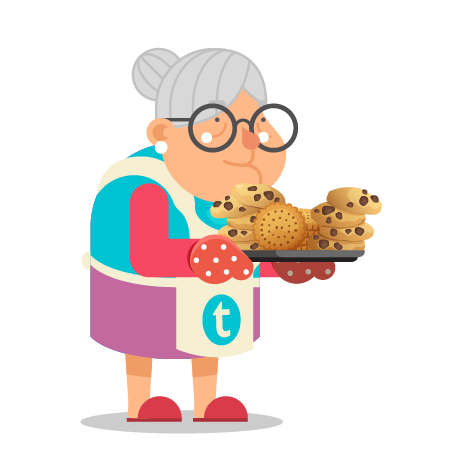


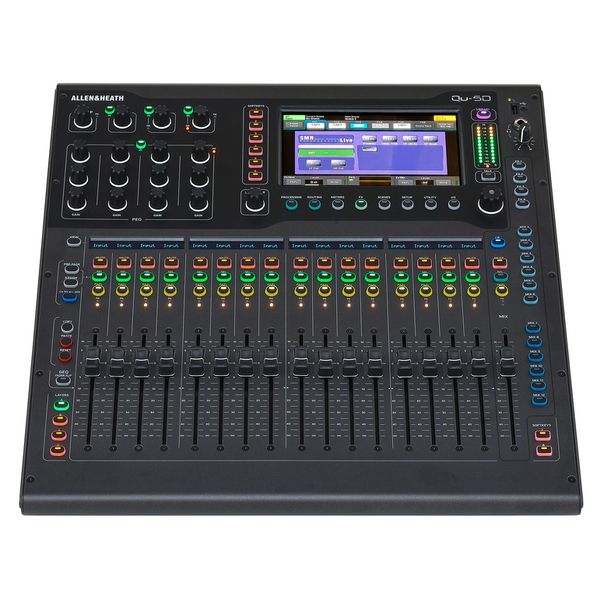
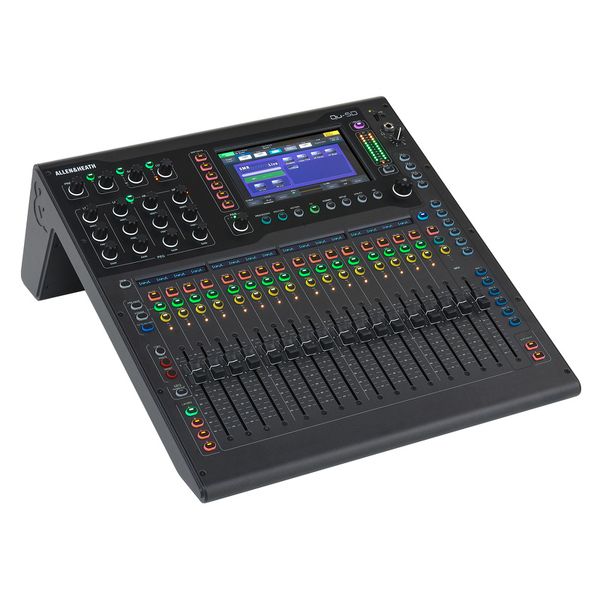
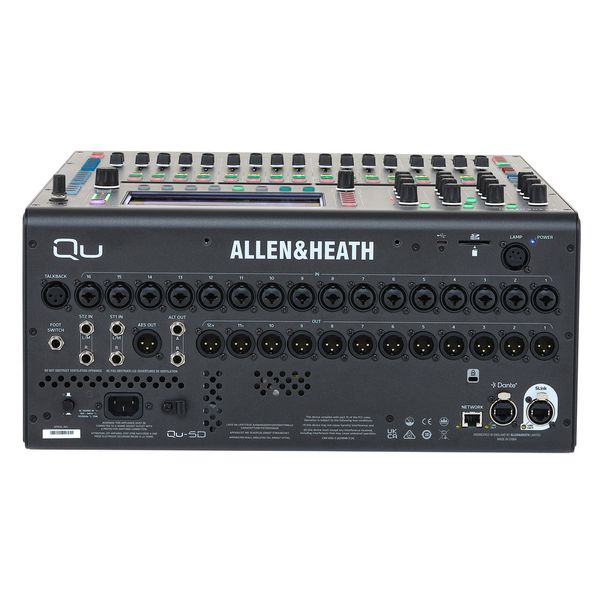
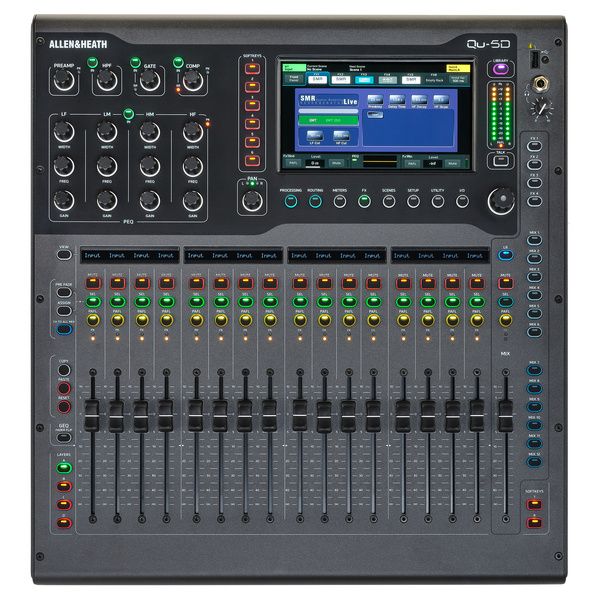
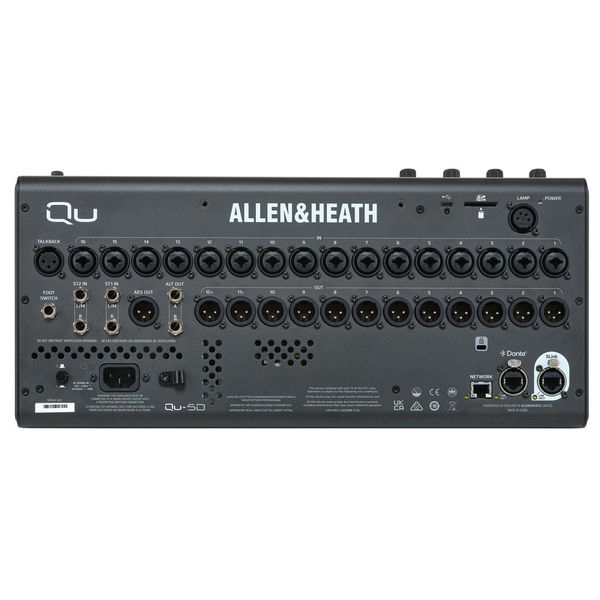
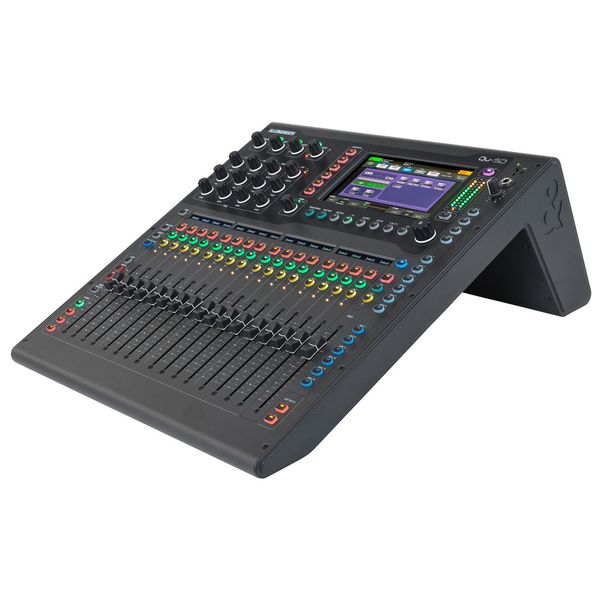
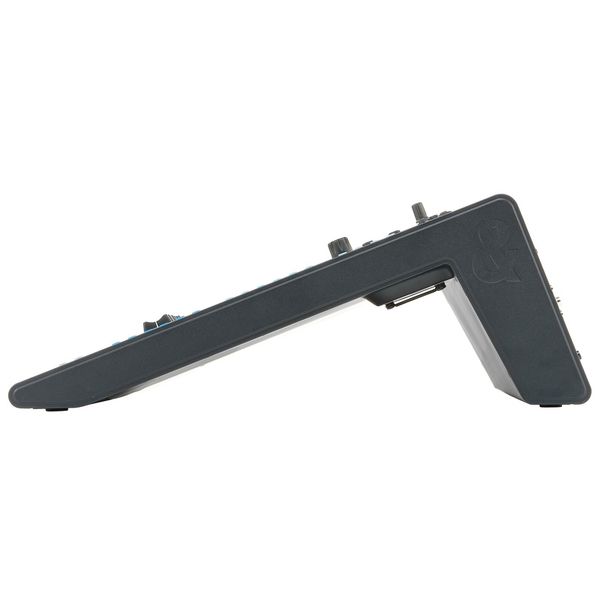
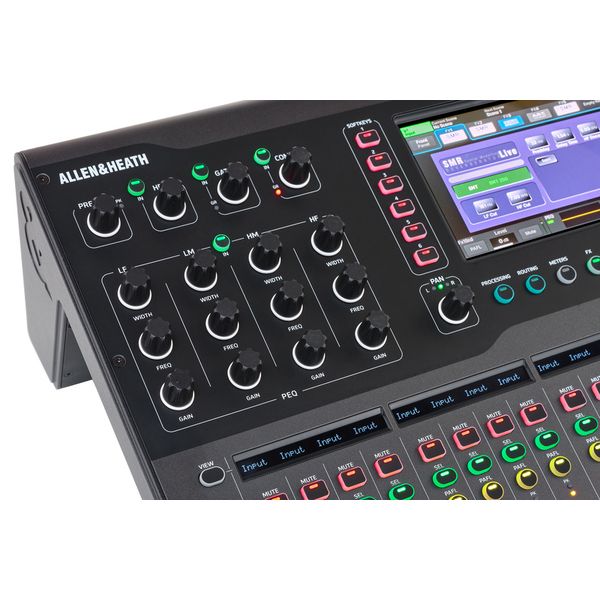
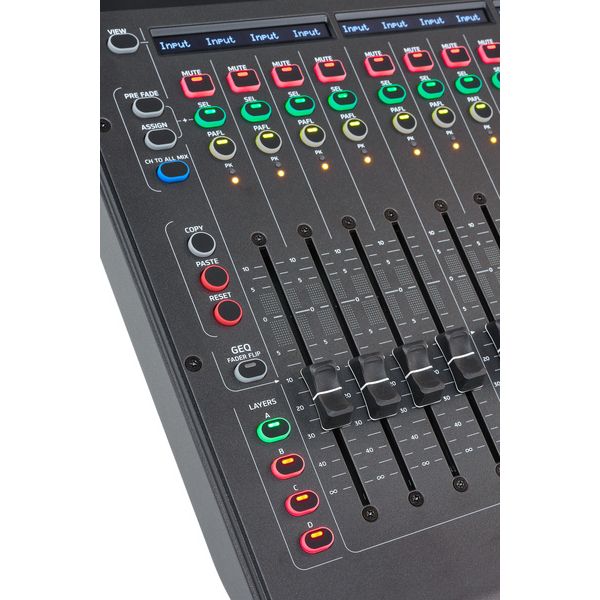
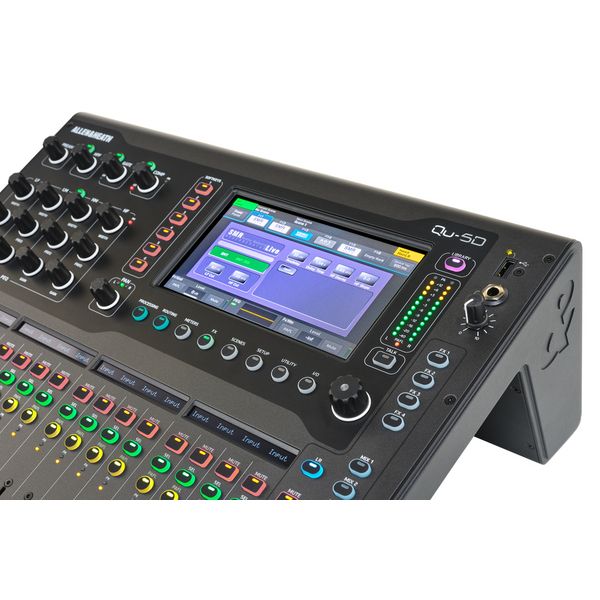
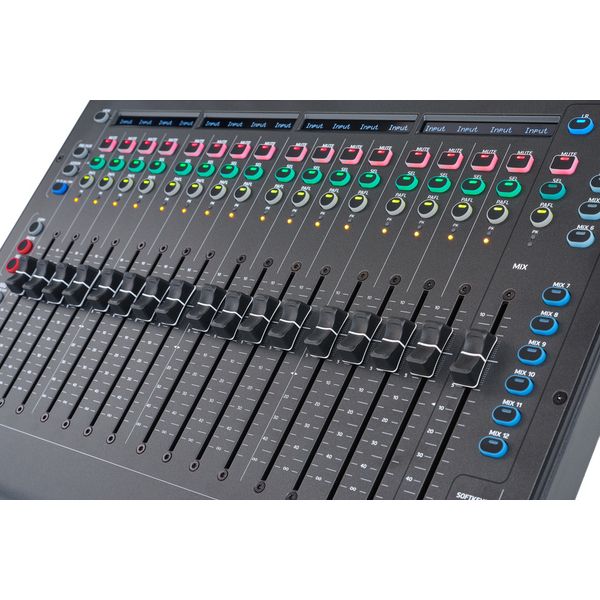













)
)
)


